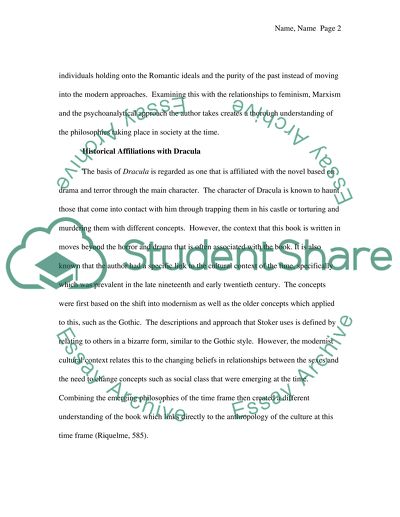Cite this document
(“Dracula as a Metaphor of Opposition to Modernism Research Paper”, n.d.)
Retrieved de https://studentshare.org/english/1392109-theory-of-marxism-and-feminism-applying-on-dracula
Retrieved de https://studentshare.org/english/1392109-theory-of-marxism-and-feminism-applying-on-dracula
(Dracula As a Metaphor of Opposition to Modernism Research Paper)
https://studentshare.org/english/1392109-theory-of-marxism-and-feminism-applying-on-dracula.
https://studentshare.org/english/1392109-theory-of-marxism-and-feminism-applying-on-dracula.
“Dracula As a Metaphor of Opposition to Modernism Research Paper”, n.d. https://studentshare.org/english/1392109-theory-of-marxism-and-feminism-applying-on-dracula.


